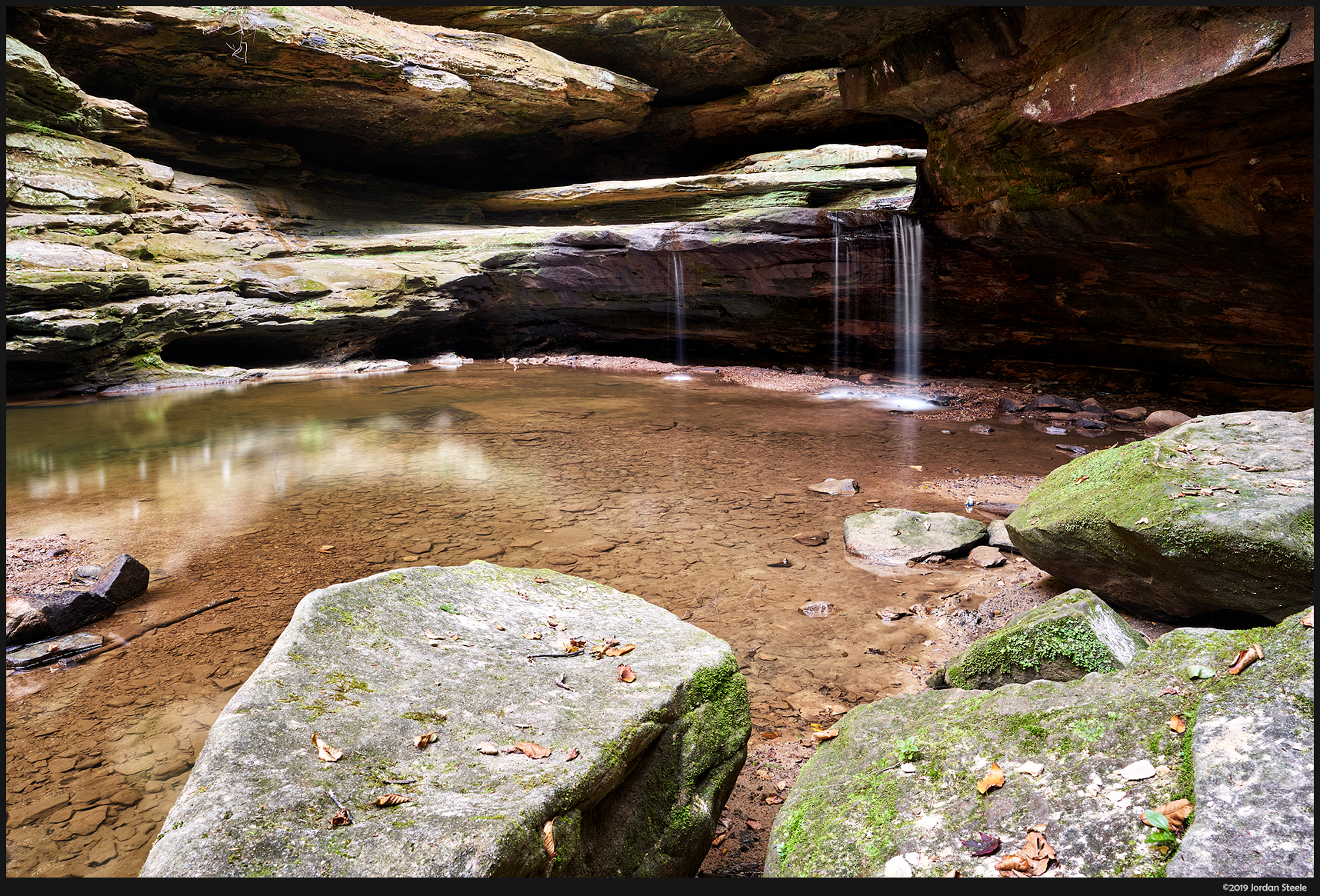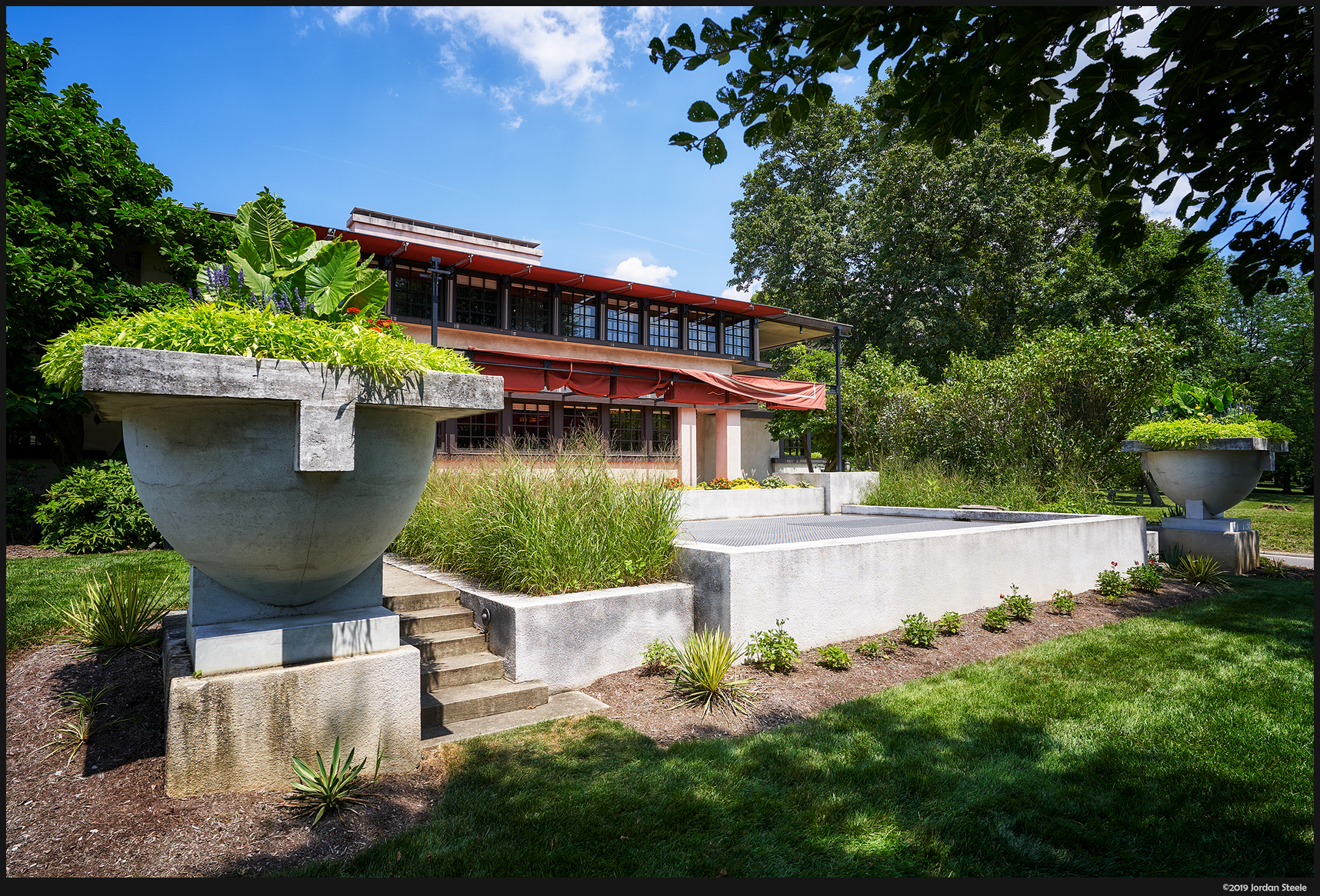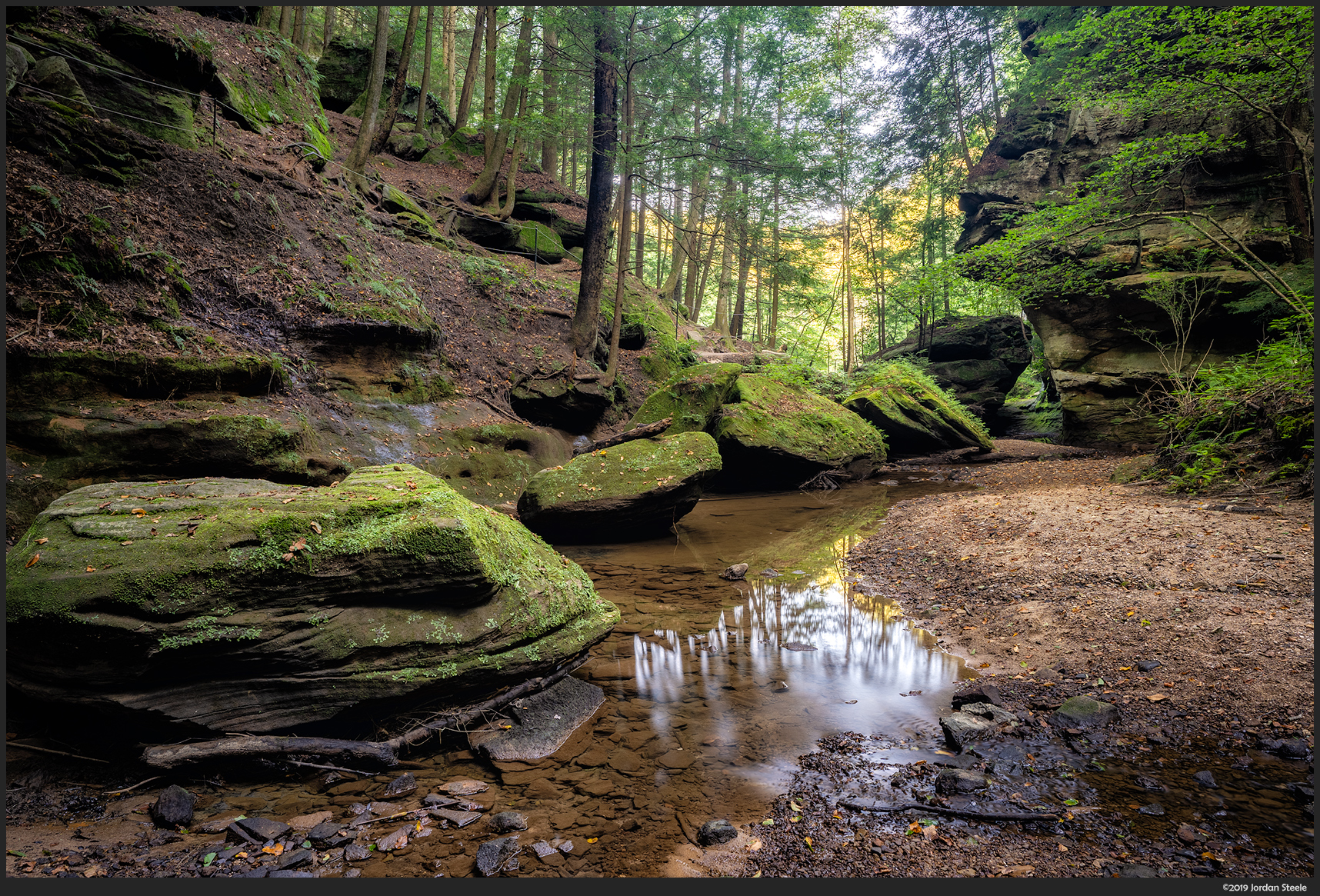Conclusion
Pros
- Extremely compact and lightweight lens
- Quick and accurate autofocus in most situations
- Very good image sharpness right from f/2.8
- Excellent color and contrast
- Outstanding flare performance
- Good control of both lateral and longitudinal chromatic aberration
- Low coma
- Excellent value
Cons
- Limited zoom range
- Bokeh is a bit rough and high contrast
- Relies on software correction for distortion and vignetting
- Autofocus can miss in continuous AF on distant subjects
The Tamron 17-28mm f/2.8 keeps with Tamron’s full-frame mirrorless philosophy so far. It sacrifices a bit of zoom range for compact size while keeping the optics on a high level and the lens affordable. The 17-28mm packs a constant f/2.8 aperture into an ultra-wide lens that is smaller and lighter than Sony’s slower 16-35mm f/4, while being significantly smaller than the 16-35mm f/2.8. Despite the small size, the lens performs very well. It’s sharper than the 16-35mm f/4, and produces images with great clarity, good sharpness to the corners and fantastic flare performance, making it a great option for landscape photographers who want to travel light.
While the f/2.8 aperture will enable lower light usage and can provide some subject isolation, the bokeh is only average at best. However, given the cost of this lens, at just $899, Tamron’s tradeoffs here are more than worth it. While many will compare this lens with the 16-35mm f/2.8 GM, I think that those who are willing to shell out the astronomical $2300 for that lens will not be swayed by third-party glass. But where Tamron will certainly succeed is in competing with the slower Sony/Zeiss 16-35mm f/4. In this comparison, the Tamron is not only the better optic, but adds an extra stop of light while saving the buyer $400. It’s a great addition to the full-frame E-mount. I have sold my personal Sony 16-35mm f/4 in favor of this new Tamron. I suspect many others will do the same.
Image Samples
Click on an image to enlarge



















Thanks, Jordan. Ponderated review as always.
As you have reviewed the Loxia 21, could you describe how does this zoom fares comparatively with it?
More so the CV Color Skopar 21 3,5 that you reviewed earlier and wrote was a good alternative to the Loxia. One thing both of those have that this Tamron doesn’t is nice sunstars.
The Loxia 21mm is the best wide angle lens I’ve reviewed. It would definitely have an edge over the zoom, though stopped down for landscape work, the difference isn’t enormous. The Loxia is definitely still a bit better stopped down, but the difference is mostly an increase in resolution at the edges. As noted in the other reply, sunstars are far better on the Loxia and the Voigtlander 21’s, if that is important to you.
Not sure what other reply you are referring to but about sunstars: it’s funny, I thought they seemed a bit misplaced initially but something made me try the Voigt 21 3,5, in part thanks to your review, and I find that they are actually pretty fun to attempt to lure out and can make a positive impact on a photo. Depending on where you read on the internets they can either be not mentioned or absolutely critical for landscape photography. Your reviews have consistently marked nice sunstars as a plus but not as a minus when they’re missing, which can be considered fair.
You also always produce rather attractive photos for your reviews.
Also, Jordan, how do the Tamron zooms compare at 28 mm? Which is better at that FL?
With both at 28mm, I’d give the edge to the 28-75mm. The 28-75mm is best at the wide end, and the 28mm end is the weakest end of the 17-28mm. However, the edge is fairly slight stopped down. Wide open, the edge to the 28-75 is a bit more pronounced.
I just tested my version of the Tamron yesterday and I had to report some serious problems with the autofocus. On several wideangle shots with subject not to near to the camera I had s mysterious focusproblem. Some picture of a variety of shots where perfect in focus and some had a bad misfocus. There where no changes to the focus and the settings between the shots. First time I had the error I had to turn off the camera and turn it on again to get the focus back to work. In the other cases the error was gone after one or two shots. But it´s very difficult to see the misfocus on the camera display. When zooming in it is visible. Camera model was the Sony A7R iii with the latest firmware.
Hmmm….That’s interesting. I did not experience any issues like you describe. The only issues I found were with continuous AF when shooting distant subjects stopped down, where some small amount of front focus could occur that would leave the edges soft. In single AF, it has been fine for me, as well as both single and continuous closer up.
Yeah, I got see behaivor when I tried to shot the first pictures with the Tamron and I was wondering about the blurred pictures. So I again focused on a text written on a sign in the scenery and the a7 shows it green as correct focused but the result was a blurred picture. That continues until I turn off the camera. I could not say anymore if I was in continuous or single focus mode. I will have to examine the exif data to check that. After that the camera works fine for a while but as I see in Lightroom I mostly shot nearby objects the next few pictures. Then as I was a little bit confused by the first results I shot a series (not in burst mode, pressing trigger again and again) of five pictures without changing any settings in continues focus and I got three pictures correct in focus and two with no sharp results at all. The whole pictures are blurry, so it looks like there is nothing focused at all. But I know for sure that the focus indicator was green and focused the same object every time I pull the trigger. Therefore it seems to be a problem with the Tamron. I will do more testshots and also try it with another lense and also the Tamron with another camera I have (Sony A 6400). Maybe I can get further information under which circumstances this error will occur.
Thanks for the review. I wonder how this lens would work for astro photography, ie Milky Way? Was there much coma in the corners?
I have not tried it for astrophotography yet, but I have done some night photography that included some point light sources, and coma is very low from what I have seen with this lens. I will really get to stretch its astrophotography legs later this fall, as I’ll be taking a short trip to Death Valley and will definitely do some night photography while there.
Well this settles it. Tamron 17-28mm for me. (Putting up my 12-24G on sale today). I also have a friend nearby who lends me his 16-35gm whenever I want it…. 🙂
What was your experience (if any) with the weather sealing (or lack thereof) on the 16-35 f4? It seems Sony was playing it pretty fast and loose with what they claimed was weather sealed back then, hard to imagine how well sealed the extending 16-35 was if it didn’t even have a gasket at the mount.
I’m thinking of jumping into E-mount and I really prefer that reach at the longer end based on the two different UWAs I’ve had with my other system (18-36 & 16-36 EFL)… But with the Tamron being faster, a little sharper, cheaper, lighter, and seemingly better sealed I’m having a hard time ignoring it.
My only reservation is I’d end up missing the 35mm end that I’m used to and would end up cropping 28mm a bit too often… I guess it’s only a 1.25x crop to 35mm, and I don’t even have to crop exactly that much every time, hrm.